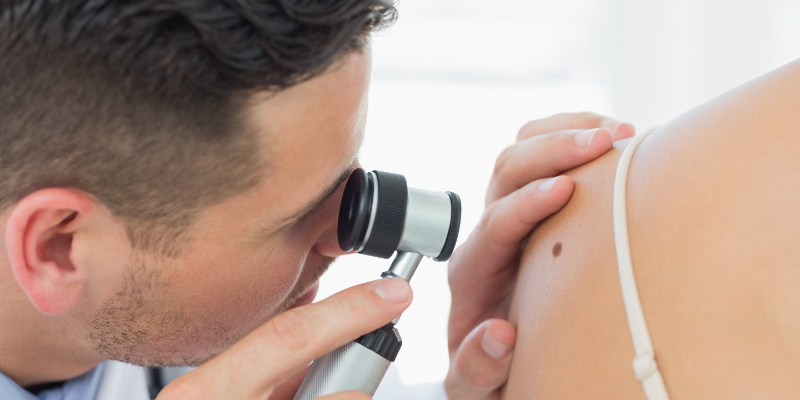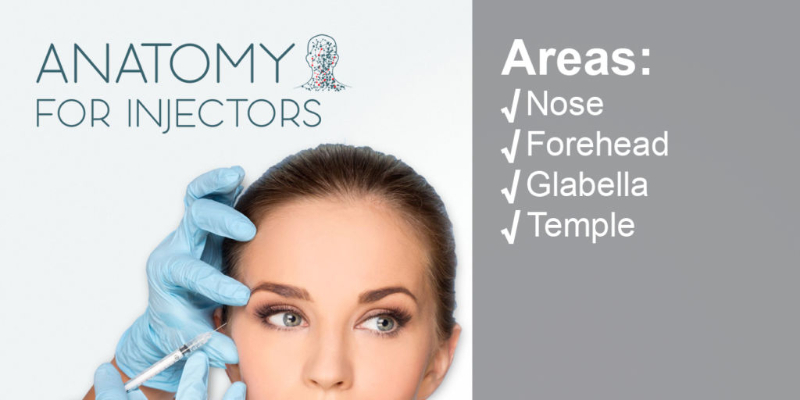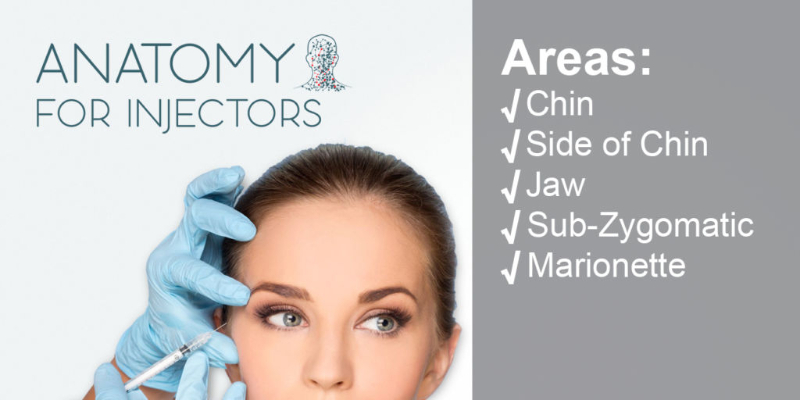Description
CPD: 2 Hours
Location: Online Only (Lifetime Access)
Certificate: Certificate of Completion
Prerequisite: Fundamentals of Skin Science (Recommended)
Suitable For: All Professions
Introduction To Skin Lesion Identification And Dermatoscopy has been developed for cosmetic practitioners to have an opportunity to learn to identify simple and complex skin lesions, including skin cancers and the use of the dermatoscope as a diagnostic tool.
It can be very challenging when one is presented with a mole on the patient’s treatment area and not knowing whether to proceed with the treatment or ask the patient to seek further advise with their doctor before proceeding with further treatment. This module does not aim to replace the skin doctor nor their experience but rather give you the basic understanding of what to look out for and what certain signs mean, including those seen under the dermatoscope. Dermatoscopy is essential skill in cosmetic dermatology and each cosmetic practitioner should be well versed in it.
We recommend that you complete Fundamentals of Skin Science before attempting this module as it will set a good foundation in skin physiology which is important to better understand how skin lesions are identified.
Learning Objectives
Upon completion of this module, you should be able to:
- Understand the importance and use of dermatoscopy in a skin therapy framework
- Be able to identify common benign lesions based on simple algorithms
- Understand the difference between a benign lesion and a malignant lesion
- Have an understanding of the ABCDE algorithm and how to apply it
- Have an introduction into the Chaos and Clues algorithm
- Be able to establish cross-referral protocols for patient safety and clinical best practice





